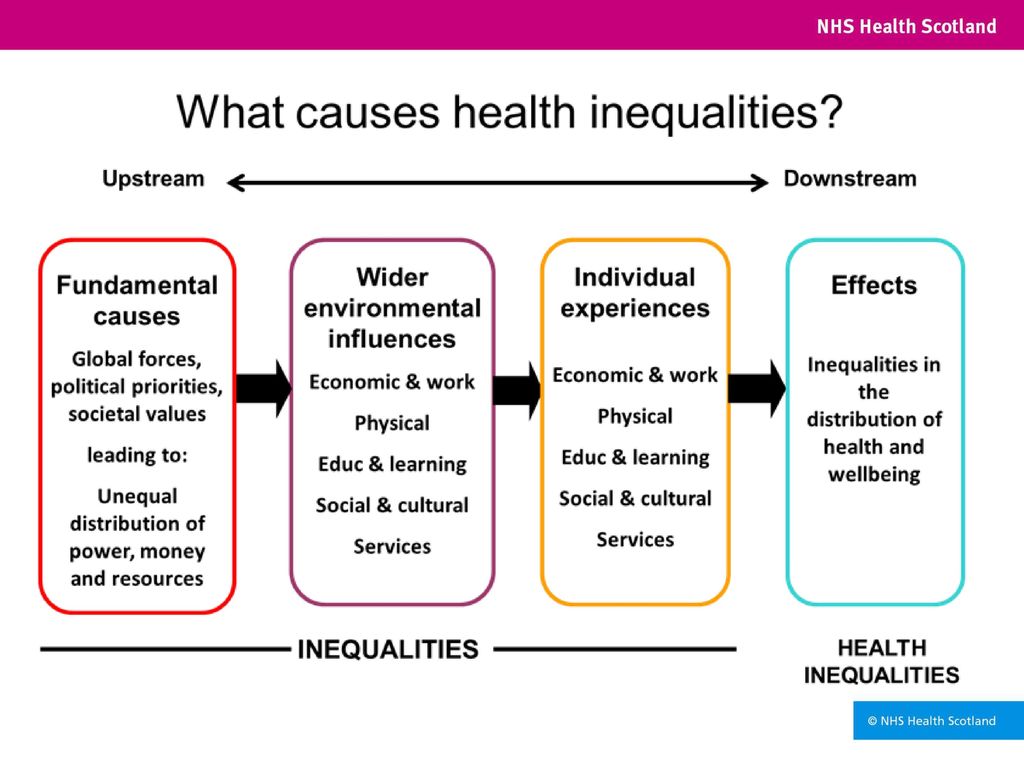Table of ContentsIndicators on Healthcare Policy In The United States - Ballotpedia You Need To KnowThe U.s. Health Care Policy - Rand IdeasSome Of What Is Healthcare Policy? - Top Master's In Healthcare ...
Each client has a continuous relationship with a personal main care physician trained to provide first-contact, coordinated, constant, and extensive care. The personal physician leads a group of individuals at the practice level and beyond who collectively take responsibility for the continuous care of patients - what home health care is covered by medicare.ix Basic modification is required to shift the direction of the U.S.
Present resources need to be assigned in a different way, and brand-new resources must be deployed to accomplish these wanted outcomes. Payment policies by all payers need to change to reflect a higher financial investment in medical care to fully support and sustain medical care improvement and delivery. Labor force policies need to be addressed to guarantee a strong cadre of the household physicians and other medical care physicians who are so integral to a high-functioning healthcare group.
If such legislation just resolves the uninsured and stops working to essentially reorganize the system to promote and pay in a different way and much better for family medicine and main care, any option will not reach its full capacity to attain the Quadruple Aim of much better care, much better health, smarter spending, and a more efficient and satisfied physician labor force.
Everybody will have a medical care physician and a medical home. Insurance reforms that have established customer defenses and nondiscriminatory policies will remain and will be needed of any proposition or alternative being thought about to attain health care protection for all. Those reforms and protections include, but are not restricted to, continuation of guaranteed issue; prohibitions on insurance underwriting that utilizes health status, age, gender, or socioeconomic requirements; restrictions on annual and/or lifetime caps on advantages and coverage; required coverage of defined EHB; and required coverage of designated preventive services and vaccines without client cost sharing.
Federal, state, and private financing for graduate medical education will be reformed to establish and achieve a national physician workforce policy that produces a medical care physician workforce adequate to fulfill the country's healthcare requirements. Furthermore, U.S. medical schools will be held to a higher standard in regard to producing the nation's needed medical care physician labor force.
In any system of universal coverage, the ability of clients and doctors to willingly participate in direct contracts for a defined or worked out set of services (e. what is trump's policy on health care.g., direct medical care [DPC] will be maintained. In addition, people will constantly be permitted to purchase extra or extra personal health insurance. To accomplish healthcare coverage for all, the AAFP supports bipartisan services that follow the above referenced concepts, are supported by a majority of the American individuals, and include one or more of the following approaches, with the understanding that each of these have their strengths and challenges: A pluralistic healthcare system method to the financing, company, and shipment of health care is created to attain affordable healthcare coverage that involves competition based upon quality, expense, and service.
An Unbiased View of Who - Health Policy

Such a method to universal medical insurance protection must consist of a warranty that all individuals will have access to budget-friendly healthcare coverage - how does the health care tax credit affect my tax return. A Bismarck model approach is a type of statutory medical insurance including multiple nonprofit payers that are needed to cover a government-defined benefits plan and to cover all legal locals.
A single-payer design approach that is plainly specified in its company, financing, and design of shipment of healthcare services would be publicly financed and openly or privately administered, with the federal government collecting and supplying the funding to spend for healthcare provided by doctors and other clinicians who work individually or in private health systems.
Physicians and other clinicians would continue to operate separately. A Medicare/Medicaid buy-in approach would build upon existing public programs by enabling individuals to buy health care protection through these programs. In such a scenario, there need to be at least Medicaid-to-Medicare payment parity for the services provided to the patients of medical care physicians.
These include, however are not restricted to, the following essential concerns: Level of administrative and regulative burden for doctors, clinicians and other health care service providers, and patients/consumers Effect on total healthcare expenses to government, companies, and individuals Level of patient, customer, physician, and clinician satisfaction Level of tax problem Influence on the timely delivery of health care services (wait times) and delays in scheduling elective healthcare services Clarity of the financing model and levels of payment to physicians, clinicians, and other healthcare providers Addition of family doctor on payment, delivery, and other health care decision-making boards A description of and clarity on a core set of essential health care benefits available to all, especially main and preventive care, management of chronic diseases, and defenses from catastrophic health care expenditures Effect on the fair accessibility and shipment of healthcare services Influence on quality and gain access to Decision of whether there are global budget plans and price/payment negotiations Need for a clear and uniform definition of a "single-payer health care system" Advanced medical care embodies the concept that patient-centered medical care is detailed, continuous, collaborated, linked, and available for the client's first contact with the health system.
The AAFP believes APC is best achieved through the medical home model of practice. We define a medical care medical home as one that is based upon the Joint Principles of the Patient-Centered Medical Homeix and has embraced the five crucial functions of the Comprehensive Primary Care Plus (CPC+) effort, which develops a medical practice that provides extensive care and a partnership in between patients and their main care physician and other members of the health care group, as well as a payment system that acknowledges the detailed work of supplying medical care.
At a minimum, these would include products and services in the following advantage categories: Ambulatory patient services Emergency services Hospitalization Maternity and newborn care Mental health and substance use disorder services, including behavioral health treatment Prescription drugs Rehabilitative and habilitative services and gadgets Laboratory services Preventive and wellness services and chronic disease management Pediatric services, consisting of oral and vision care In addition to requiring protection for EHB, all proposals or options will guarantee that main care is provided through the patient's main care medical house. how does electronic health records improve patient care.
Examine This Report on Healthcare Policy In The United States - Ballotpedia
Assessment and management servicesb. Evidence-based preventive servicesc. Population-based managementd. Well-child caree. Immunizationsf. Basic mental healthcare To attain the goal proposed in this paper: "to ensure healthcare protection for everybody in the United States through a foundation of extensive and longitudinal medical care," it will not suffice to concentrate on health care protection and medical care alone.
A health care system that is detailed and prioritizes main care needs to likewise stress the expense and cost of care. This website is necessary not only for customers, however also for the decision-making of physicians, clinicians, payers, and government firms. Affordability is a crucial element in efforts to reform the United States health care system.
